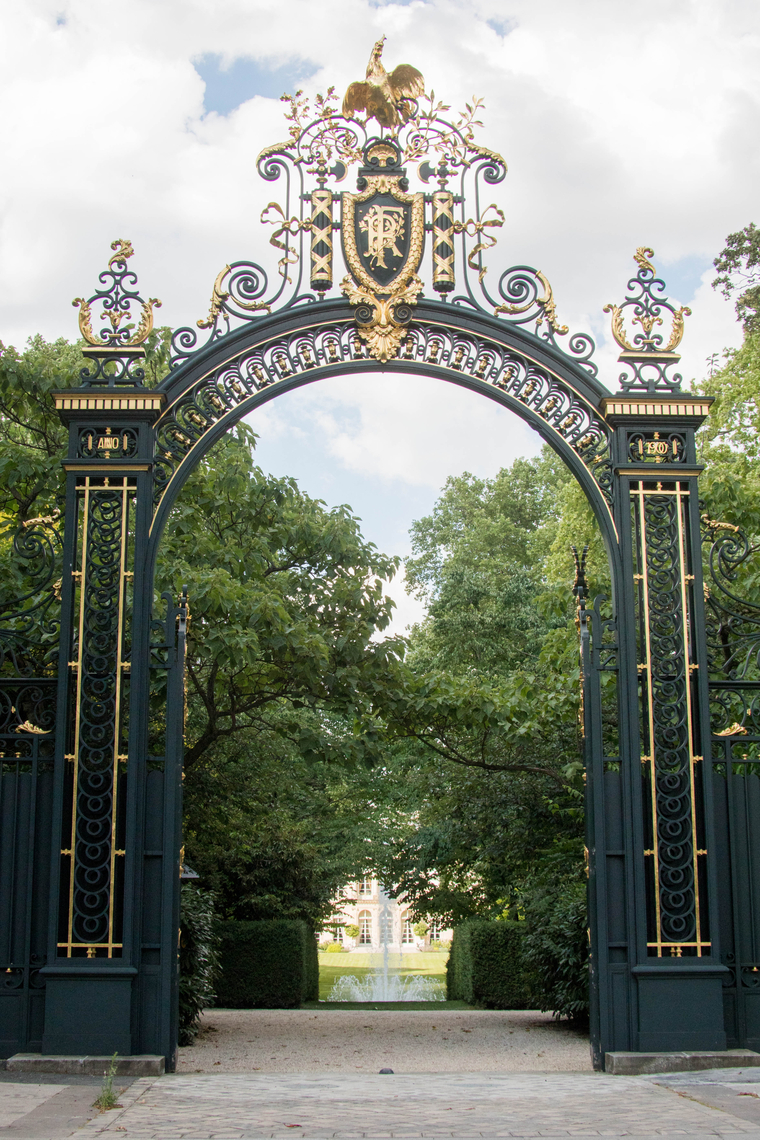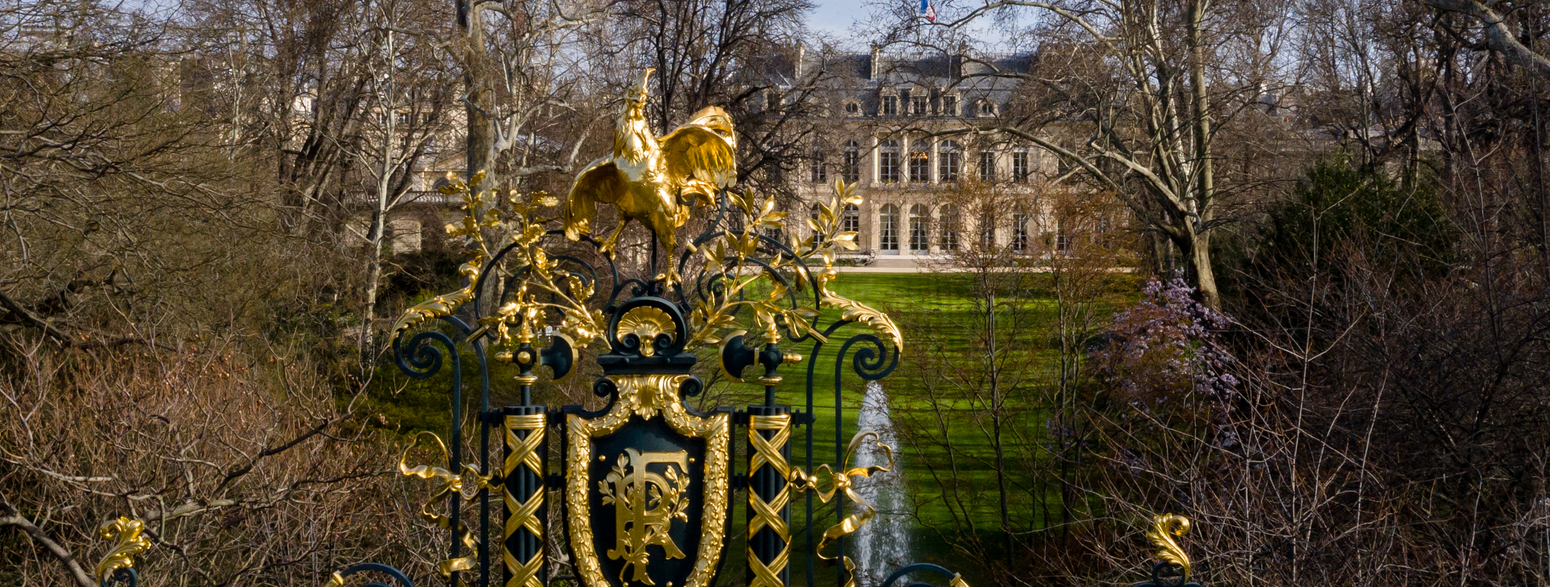France’s association with the rooster comes from a play on words: the Latin word gallus means both “Gallic” and “rooster”. That is why its image appears on Gallic coins since ancient times.
Following a period of eclipse in the Middle Ages, the symbol of the French rooster re-emerged in Germany in the fourteenth century. From the Renaissance, it appeared in representations of the King of France.
Its popularity grew after the French Revolution, so much so that it appeared on the seal of the Directory and a committee of Conseil d’État members proposed adopting it as a national symbol to Napoleon I. The Emperor refused on the grounds that: “The rooster has no strength, so it cannot be the image of an empire such as France.”
The rooster regained its political prestige on 30 July 1830 when an order stipulated that its image must appear on the buttons of the National Guard uniform and at the top of its flags. It appears on the seal of the Second Republic, carved on the ship’s tiller which is supporting the Goddess of Liberty.
Scorned by Napoleon III, its hour of glory arrived during the Third Republic, which depicted it in its seal and gold coins and even placed it, wings outstretched, comb proudly raised and spurs menacing, on top of the gate at the gardens of the Élysée Palace.
Although Marianne is preferred in the modern political sphere, the rooster remains the emblem of France for everyone, including at sporting events.

See the other symbols of the French Republic

Updated : 14 December 2022
